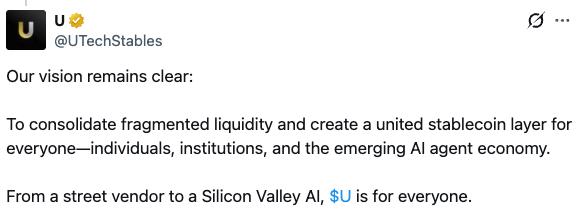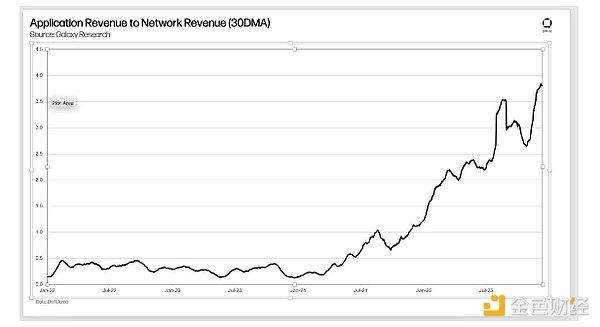Author: Stable Dog Diary
First, this cycle is very difficult. But the fact is, each cycle is harder than the last. You have to compete with a larger crowd, and the number of experienced participants is also increasing. If you didn't hold most of your BTC or SOL during the bear market, then you probably didn't make any money, and you're in a mess.
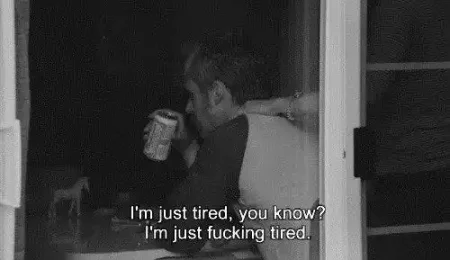
So, why is this cycle so difficult?
1. Post-traumatic stress disorder
We have two examples of large Altcoin cycles, in which most of them fell 90-95%, and due to the liquidation of Luna and FTX, the entire industry was infected, and the prices may even fall lower than they should have. This post-traumatic stress disorder has deeply affected the natives of the cryptocurrency industry.
No one wants to hold anything for the long term, because they never want to lose a large chunk of their portfolio again. The emotional volatility of the participants is more intense, and everyone is constantly looking for the top of the cycle.
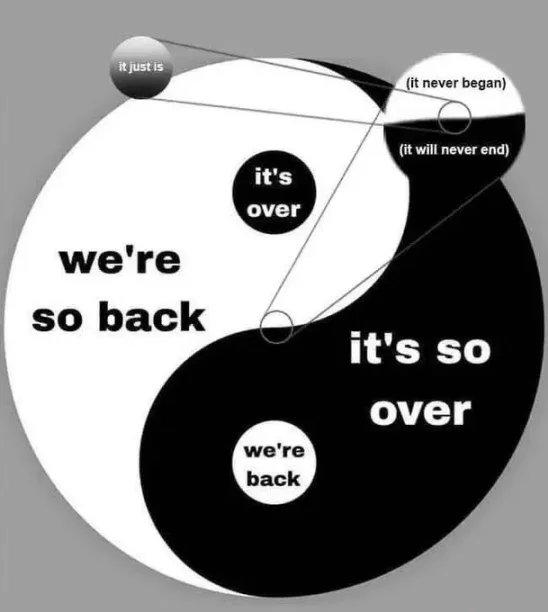
The psychological impact is not limited to trading behavior, but also affects the way the entire ecosystem is built and invested in. Projects now face stricter scrutiny, and the trust threshold has also doubled. This has both positive and negative effects: while it helps filter out obvious scams, it also makes it harder for legitimate projects to get attention.
2. Innovation
There are more iterative innovations, and the infrastructure is constantly improving, but there hasn't been a 0->1 and jaw-dropping breakthrough like DeFi. This makes it easier for people to argue that cryptocurrencies haven't progressed, and leads to more "cryptocurrencies have achieved nothing" type of statements.
The innovation landscape has shifted from revolutionary breakthroughs to incremental improvements. While this is the natural evolution of any technology, it poses challenges for narrative-driven markets.
We still lack the breakthrough applications that are necessary to bring cryptocurrencies to hundreds of millions of on-chain users.
3. Regulation
The corrupt SEC has caused serious damage. They have hindered the development of the industry and prevented certain sectors (such as DeFi) that could have had more PMF and a wider audience from further developing. They also prevent all governance tokens from passing any value to holders, thus creating the narrative that "all these tokens are useless", which is true to some extent.
The SEC has driven away builders (see Andre Cronye's description of how the SEC forced him to resign), prevented TradFi from interacting with the industry, and ultimately forced the industry to raise funds from venture capitalists, causing poor supply and price discovery dynamics where value is captured by a few.
4. Financial nihilism
All of the above factors have made financial nihilism an important factor in this cycle. The "useless governance tokens" and the high FDV, low float dynamics caused by the SEC have led many crypto natives to turn to MEMEcoins in search of "fairer" opportunities.
In today's society, where asset prices are soaring, fiat currencies are constantly depreciating, and wages can't keep up, young people have to gamble to get rich, and so the MEME coin lottery is very attractive. Lotteries are always attractive because they give people hope.
Because gambling has PMF in cryptocurrencies, and we have better technology for gambling (like Solana and Pump.fun), the number of tokens being issued has skyrocketed. This is because many people want to do super gambling. There is such a demand.
"Trench warfare" has always been a term in cryptocurrencies, but in this cycle it has become a widely understood term.
This nihilistic attitude manifests in the following ways:
The rise of a "degenerate" culture becoming mainstream
Shortening investment horizons
Increased focus on short-term trading rather than long-term investing
Normalization of extreme leverage and risk-taking behavior
An "I don't care" attitude towards fundamental analysis
5. Experience from the previous cycle is a hindrance
The past few cycles have told you that you can buy some Altcoins during the bear market and eventually get a return by outperforming BTC.
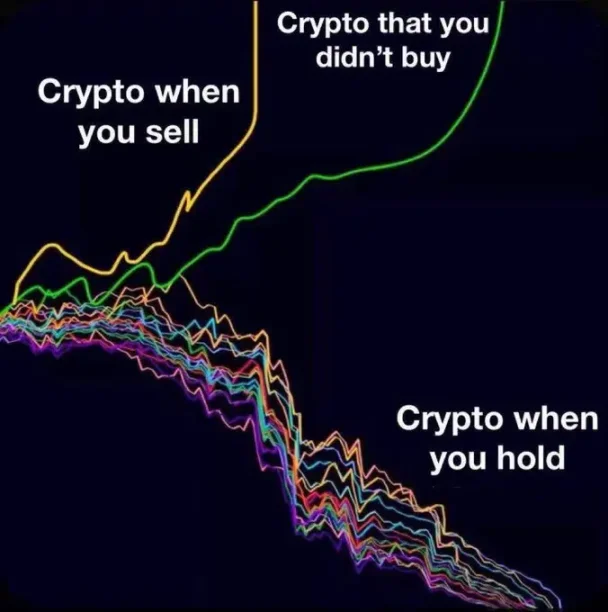
Almost no one is a great trader, so this has been the best choice for most people in the past. Overall, even the worst alternatives had a chance.
This cycle is a trader's market, with sellers better suited than holders. Traders have even made the biggest gains in this cycle through HYPE airdrops.
The first hype cycle of the AI Agent is an example. This may be the first time people feel "this is what we've been looking for". It's still early, and the long-term winners may not have emerged yet.
6. BTC has new buyers, while Altcoins mostly don't
The divergence between BTC and everything else has never been more pronounced.
BTC has unlocked bids from TradFi. It has an incredible new source of passive demand for the first time, and now central banks are discussing adding it to their balance sheets.
Altcoins are having a harder time competing with BTC than ever before, which makes sense, as BTC has a clear target market cap comparable to gold.
Altcoins don't have new buyers. Some retail investors are returning at BTC's new highs (but they're buying XRP), but overall, the flow of new retail is insufficient, and cryptocurrencies still have a reputation problem.
7. The changing role of ETH
The decline in BTC's dominance is largely due to the growth in ETH's market cap. Many people believed that the "Altcoin" trigger was the rise of ETH, but this heuristic approach has not worked so far in this cycle, as ETH has performed very poorly due to fundamental reasons.
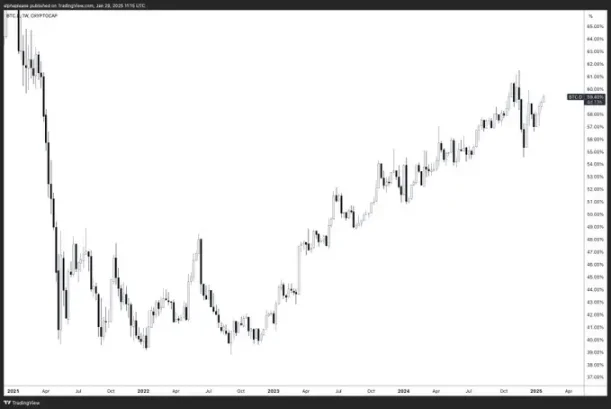
I still believe that fundamentals will ultimately prevail in the long run, but you have to truly understand the projects you're supporting and how they will truly outperform BTC. There are candidates, but only a few at the moment.
Look for projects with the following characteristics:
Clear revenue models
Actual product-market fit
Sustainable token economics
Strong narratives to complement the fundamentals (for me, AI and RWA are suitable)
I believe that with the relaxation of US regulation, those with stronger fundamentals and PMF can ultimately add value to their tokens, which are lower-risk investments. Income-printing protocols have now been established and are working well. This is very different from the "greater fool" theory that dominated many token models before.
You can choose to become a better trader, try to develop an edge and focus on doing more short-term trades, as this market does provide many consistent setups. On-chain will provide larger multipliers, but the tolerance for downside risk will also be lower.
For the majority without clear advantages, a barbell portfolio is still a viable approach. 70-80% in BTC and SOL, and allocate a smaller portion of your funds for more speculative investments. Rebalance periodically to maintain these ratios.
You need to understand how much time you have for cryptocurrencies and adjust your strategy accordingly. If you're a normal person with a job, competing in the trenches with Zoomers who sit there 16 hours a day won't work. This time, passively holding underperforming Altcoins and waiting for your turn won't work either.
Another strategy is to try to combine different fields. Have a solid asset-based investment portfolio, then consider airdrops (now more difficult, but there are still lower-risk opportunities), or identify emerging ecosystems and get ready early (HyperLiquid, Movement, Berachain, etc.), or focus on the selected category.
I still believe that the Altcoin market will grow this year. The current situation has been determined, we are still related to global liquidity, but only a few industries and a smaller number of Altcoins will surpass BTC and SOL. The rotation speed of Altcoins will continue to accelerate.
If we print money crazily, then we may see a situation closer to the previous traditional Altcoin season, but I think this is unlikely, even in this case, most Altcoins will only provide market average returns. This year we will still launch some major Altcoins, and liquidity will continue to diversify.




